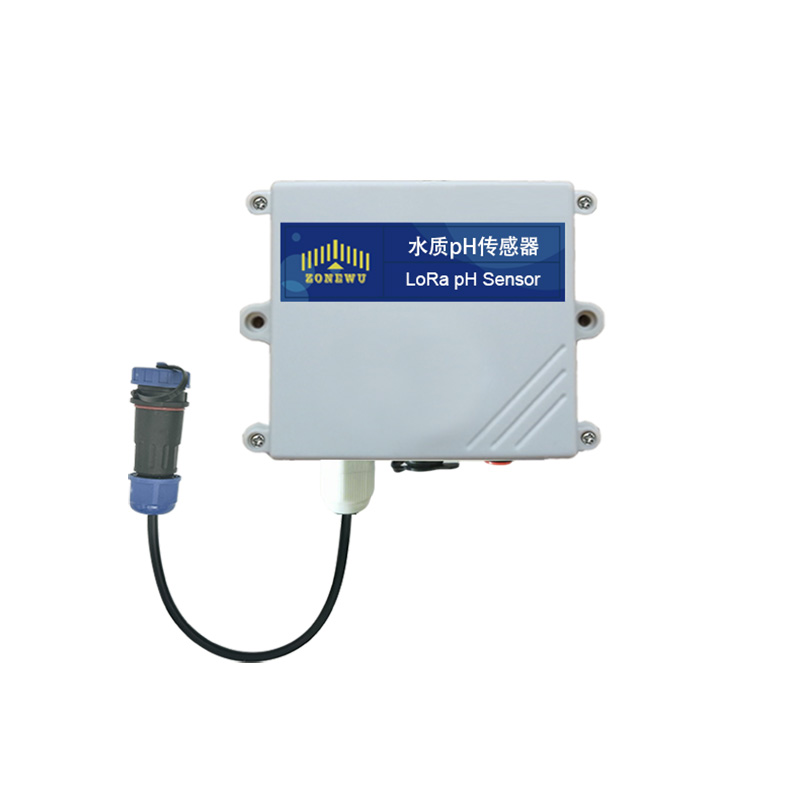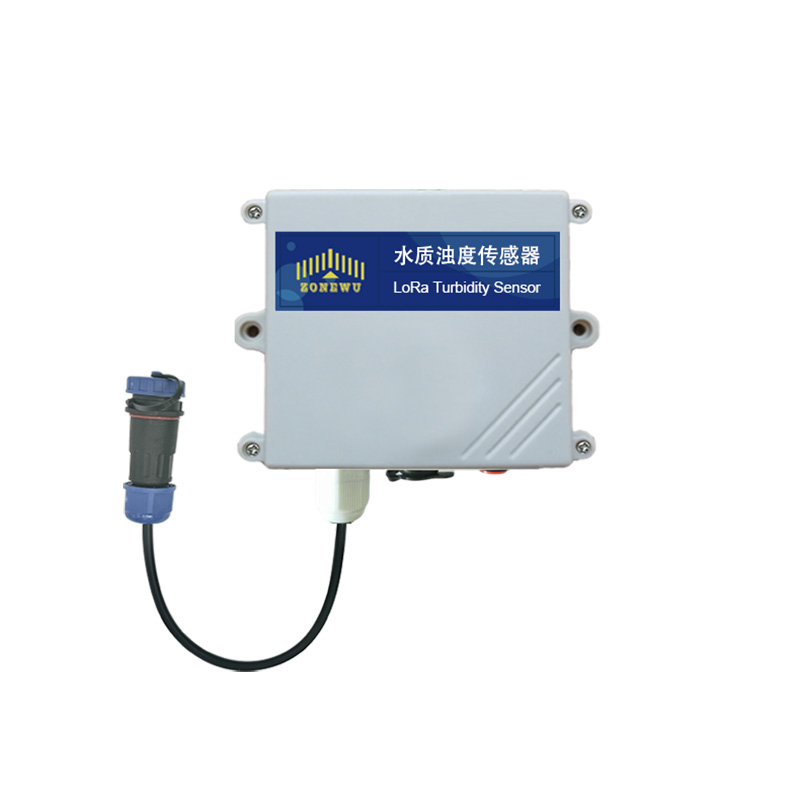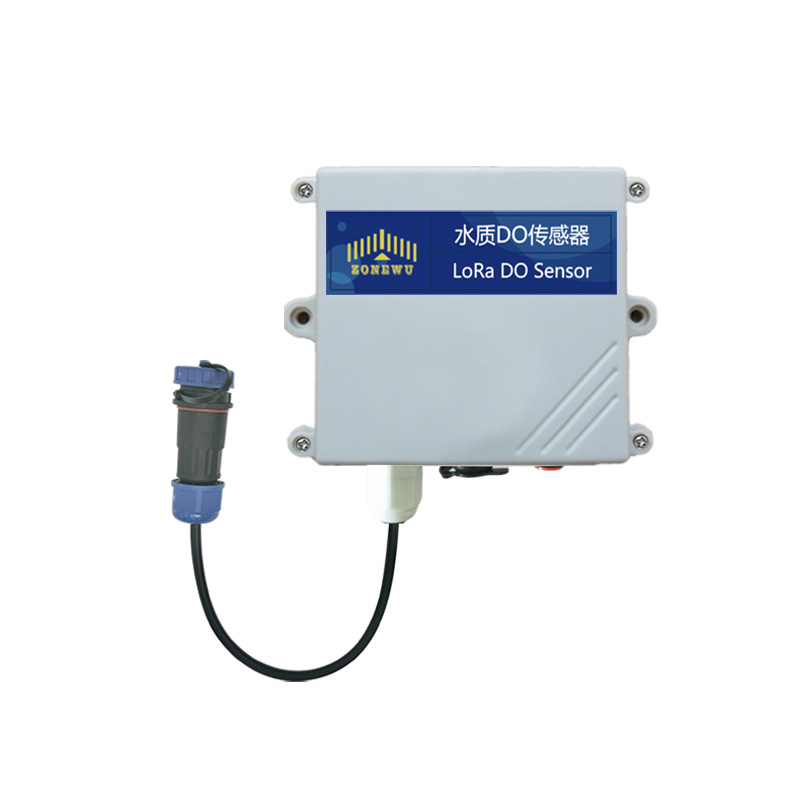Water quality monitoring is a key link in the fields of environmental protection, drinking water safety, aquaculture, and industrial wastewater treatment. As the core equipment for real-time monitoring, the accuracy of water quality sensors directly affects the reliability of data. Among numerous water quality parameters, pH value, turbidity, and dissolved oxygen (DO) are the most fundamental and important indicators. This article will delve into the monitoring principles, sensor technologies, and optimization methods of these parameters to help readers understand how to achieve accurate water quality monitoring.
1. PH monitoring: precise measurement of acidity and alkalinity


1.1 Measurement principle
The pH value reflects the acidity and alkalinity of the water body, and its measurement is based on electrochemical methods, mainly relying on a composite pH sensor composed of a glass electrode and a reference electrode:
Glass electrode: sensitive to H ⁺ ions, producing a potential difference related to pH value.
Reference electrode: provides a stable reference potential (such as Ag/AgCl electrode).
1.2 Key factors affecting accuracy
Temperature compensation: pH value is affected by temperature and needs to be calibrated with a built-in temperature sensor.
Electrode aging: After long-term use, the glass film may become passivated and requires regular calibration (with standard buffer solution).
Pollution interference: Oil stains or sediment adhere to the surface of the electrode and require cleaning and maintenance.
1.3 Latest technological trends
Solid state pH sensor: using ISFET (ion sensitive field-effect transistor), more durable and suitable for harsh environments.
Wireless pH monitoring: Combining IoT technology to achieve remote real-time data collection.
2. Turbidity Monitoring: Optical Measurement of Water Turbidity


2.1 Measurement principle
Turbidity reflects the concentration of suspended particles in water, usually using optical scattering method:
Transmitting light method: measures the degree of attenuation of light passing through a water sample (applicable to low turbidity).
Scattering light method (90 ° or 180 °): detects the intensity of particle scattering (more suitable for high turbidity).
2.2 Key factors affecting accuracy
Bubble interference: Dissolving air may cause errors and require static or defoaming treatment.
Optical window contamination: The sensor lens is easily covered by algae or sediment and requires an automatic cleaning design.
Particle characteristics: The scattering rate of particles with different sizes and materials varies, and calibration is required.
2.3 Latest technological trends
Laser scattering sensor: Improve the sensitivity of low turbidity detection (such as drinking water monitoring).
Multi angle scattering analysis: Combining AI algorithms to improve the measurement accuracy of complex water bodies.
3. Dissolved oxygen (DO) monitoring: a key indicator of water oxygen content


3.1 Measurement principle
There are two main techniques for monitoring dissolved oxygen:
Electrochemical method (Clark electrode): Oxygen molecules pass through a thin film and undergo a reduction reaction at the cathode, generating a current signal.
Luminescent method: Fluorescent substances are excited by blue light, and their decay time is related to oxygen concentration.
3.2 Key factors affecting accuracy
Flow velocity influence: Electrochemical sensors require a certain water flow velocity to update the reaction interface.
Membrane fouling: Biofilms or sediments can hinder oxygen diffusion and require regular replacement of membrane components.
Temperature and salinity compensation: Dissolved oxygen saturation is affected by the environment and needs to be automatically corrected.
3.3 Latest technological trends
Film free optical sensor: reduces maintenance requirements and is suitable for long-term deployment.
Multi parameter fusion monitoring: Combining parameters such as temperature and conductivity to improve data reliability.
4. How to choose a suitable water quality sensor?
| Parameter | Applicable scenarios | Recommended Sensor Types |
| PH value | Wastewater treatment, aquaculture | Glass electrode (with temperature compensation) |
| Turbidity | Monitoring of drinking water and rivers | 90 ° scattered light sensor |
| Dissolved Oxygen | Lakes and industrial wastewater | Optical fluorescence method (low maintenance) |
Purchase suggestion:
Long term monitoring: Choose low-power, anti pollution sensors (such as optical DO sensors).
Harsh environment: Prioritize solid-state or corrosion-resistant designs (such as titanium alloy pH electrodes).
Intelligent IoT: Supports 4G/NB IoT transmission for remote management.
5. Future prospects: Intelligence and multi-sensor fusion
AI water quality analysis: Combining machine learning to predict trends in water quality changes.
Micro sensor array: realizes integrated monitoring of multiple parameters such as pH, turbidity, DO, etc.
Blockchain+sensor data: ensuring the immutability of monitoring data and enhancing credibility.
conclusion
Accurate water quality monitoring relies on advanced sensor technology and scientific maintenance methods. Whether it is environmental protection agencies, water plants, or aquaculture enterprises, choosing appropriate water quality sensors and optimizing their usage can greatly improve data reliability and provide strong support for decision-making. In the future, with the development of IoT and AI technologies, water quality monitoring will move towards a new era of intelligence and efficiency.
If you are looking for a solution for water quality sensors, please feel free to contact us for professional advice!
Contact: Qui
Phone: 18146178586
Tel: 18146178586
Email: qui@zonewu.com
Add: 1501-3, Building F03, Phase III, Software Park, Jimei District, Xiamen City, Fujian Province, China
